Categories: Featured Articles » Interesting Facts
Number of views: 19354
Comments on the article: 1
Rare metals in electronics and electric power industry
Rare, and in particular rare earth, metals are very widely used in various high-tech industries. Mechanical engineering, metallurgy, the chemical industry, solar energy, nuclear and hydrogen energy, instrument engineering, electronics - rare earth metals are used everywhere. It is possible to enumerate all areas of application of rare-earth metals for a very long time, however, let us consider part of this vast spectrum as applied directly to electronics and electric power industry.
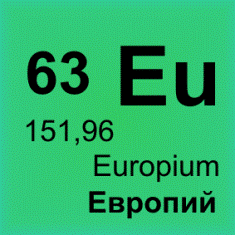
The volume of rare-earth metals used not only in computer technology, but also in economical light sources is growing every year. For example, in the USA, due to this, they predict a decrease in energy consumption for lighting by 2 times. Lamps with phosphors containing terbium, yttrium, cerium, europium have already been created there, which made it possible to increase light output up to 3 times with appropriate efficiency.

Niobium-based superconducting materials have allowed the Japanese to create magnets so strong that high-speed air-cushion trains with speeds up to 581 km / h have already been built and are in operation.
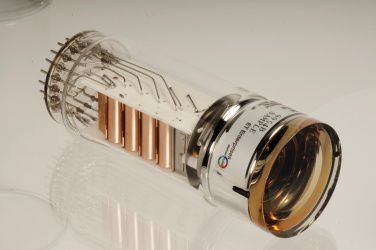
Of great importance are the photoelectric properties of rubidium and cesium, which determine their relevance for the construction of photomultipliers, photocells, and other photoelectric devices. The properties of cesium and rubidium are similar, therefore, these metals are largely interchangeable.
In general, these metals are quite widely used in radio, and in electrical engineering, and in electronics, they are used in the production of fluorescent lamps, and cesium and rubidium compounds, like the metals themselves, are convenient as catalysts and preparations in inorganic and organic synthesis.

Lithium is mainly used in nuclear power and during aluminum electrolysis. Lithium carbonate, as an additive to aluminum, lowers the melting point of the electrolyte, reduces the consumption of the anode and cryolite, contributes to energy saving and reduces the cost of metal.
Glass for cathode ray tubes, picture tubes, glasses with electrical insulating properties - lithium additives play an important role in these areas. Of course, lithium is widely used in chemical power sources.

Scandium is especially widespread in the field of high technologies: data storage systems with a high speed of information exchange; scandium iodide added to the mercury lamp, in a very small amount, brings its light closer to natural sunlight. Electrodes for scandium chromide are made for MHD generators. Scandium is also part of the materials for solar panels.
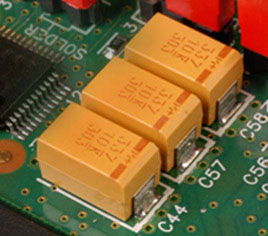
Tantalum as a material of anode films with special dielectric properties is used in electronics. Electrolytic capacitors based on it is better than aluminum, although they are designed to work with less voltage.
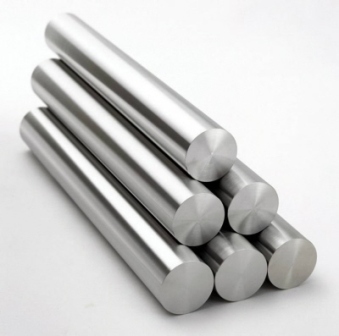
Titanium, like its alloys, is characterized by increased strength even at high temperatures, corrosion resistance, and at the same time low density. Mesh and other details of electric vacuum devices operating at high temperatures are made from it.
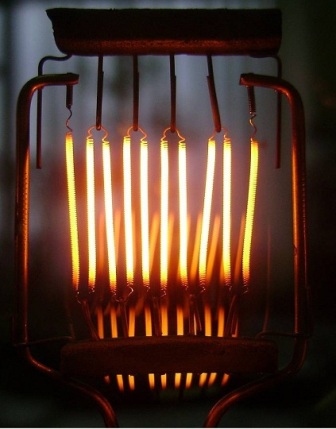
The basis of heat-resistant alloys is tungsten. Incandescent filaments and other details of electric vacuum devices are made from tungsten.

Molybdenum alloys, like molybdenum itself, are used for the manufacture of parts of electric vacuum devices designed for long-term operation at temperatures up to 1800 ° C in vacuum.
Numerous equipment has been made from molybdenum for operation in aggressive environments, including elements of nuclear reactors. High-temperature furnaces, electrical bushings - use molybdenum tape here.

Particularly in high demand are neodymium and dysprosium oxides, which are used for production powerful magnets.

Bismuth is involved in the production of semiconductor materials, in particular for thermoelectric devices, such materials include bismuth telluride and selenide, and bismuth-cesium-tellurium offers the prospect of producing semiconductor superprocessor refrigerators.
Particularly pure bismuth allows one to obtain windings for measuring magnetic fields, since the resistance of bismuth is almost linearly dependent on the magnetic field, by measuring the resistance of such a winding, the strength of the external magnetic field can be recognized. Bismuth is also one of the components of lead-free and low-melting solders used for mounting sensitive microwave components.
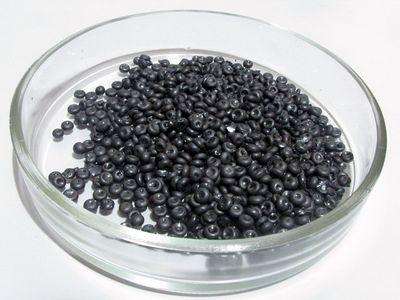
Selenium is a hole conductor (p-type), as a semiconductor, selenium is used in solar panels operating both in open space and on the ground. Selenium-doped lead is the material of battery gratings.

Tellurium is used as a dopant in the production of lead-acid batteries. Tellurium-lead alloys have high ductility and are strong at the same time, which is why cables are also made of them. The alloy of tellurium, cesium and bismuth allowed to set a record for a semiconductor refrigerator, the temperature reached -237 ° C.
Tellurium-based glasses are semiconductors, and besides electrical conductivity, their merit includes fusibility and transparency. Such glasses have found application in the construction of chemical equipment for special purposes.
See also at bgv.electricianexp.com
:
